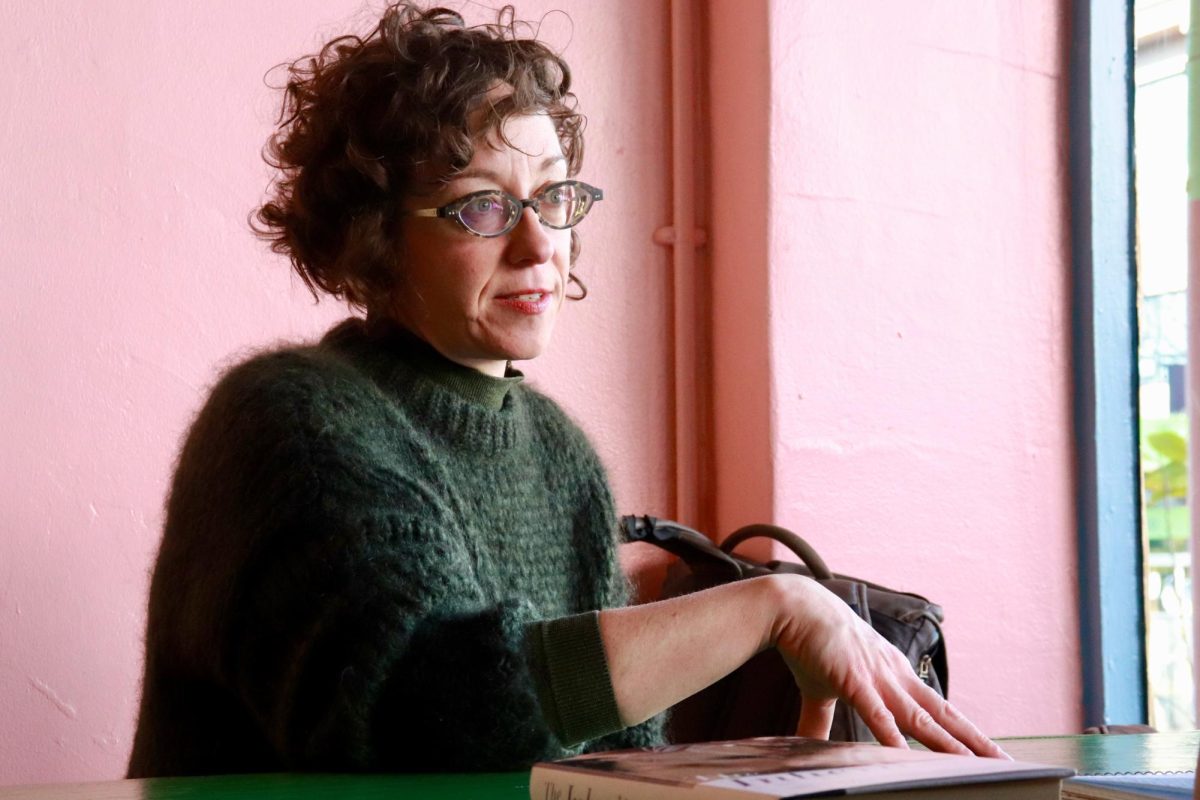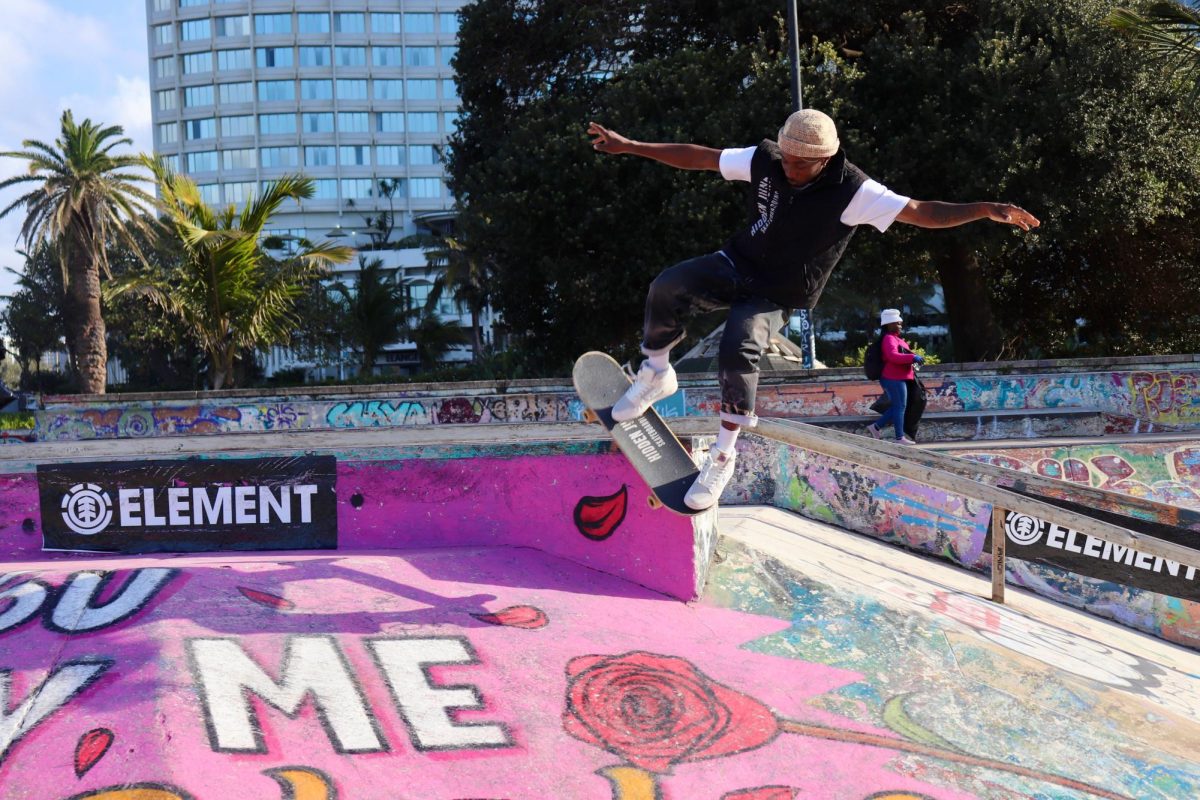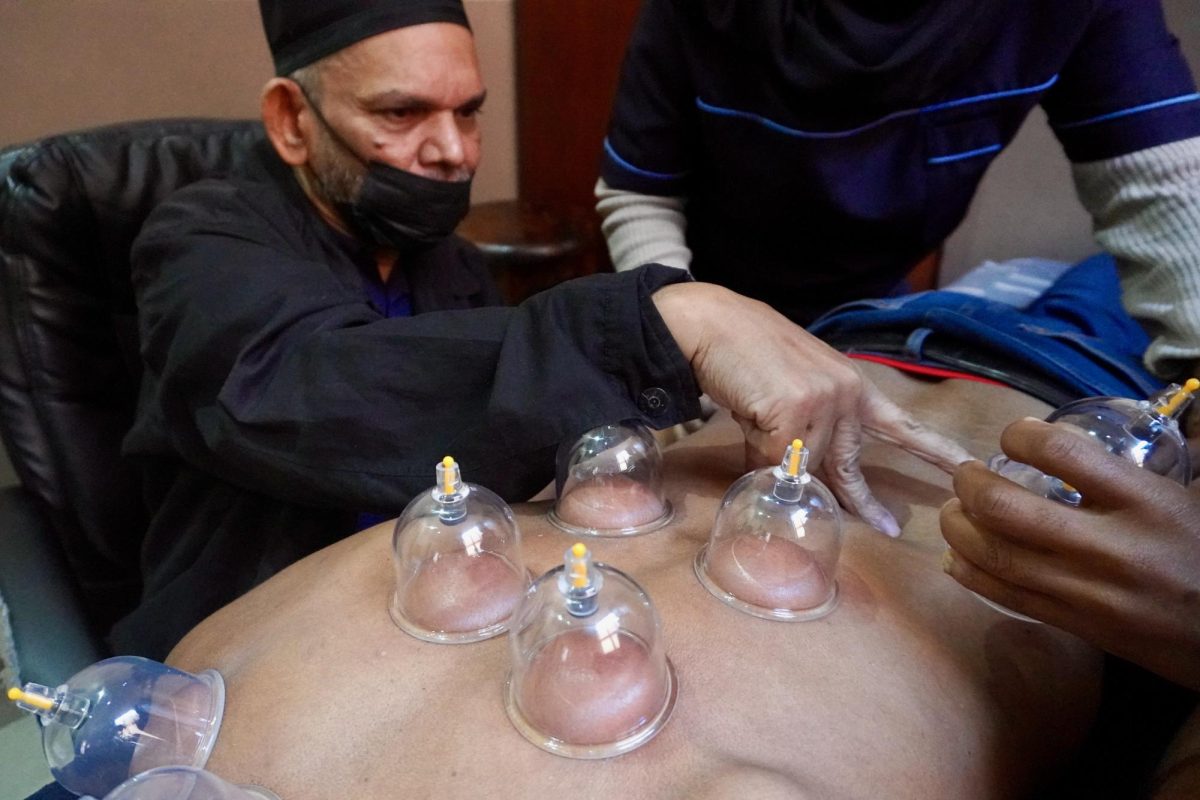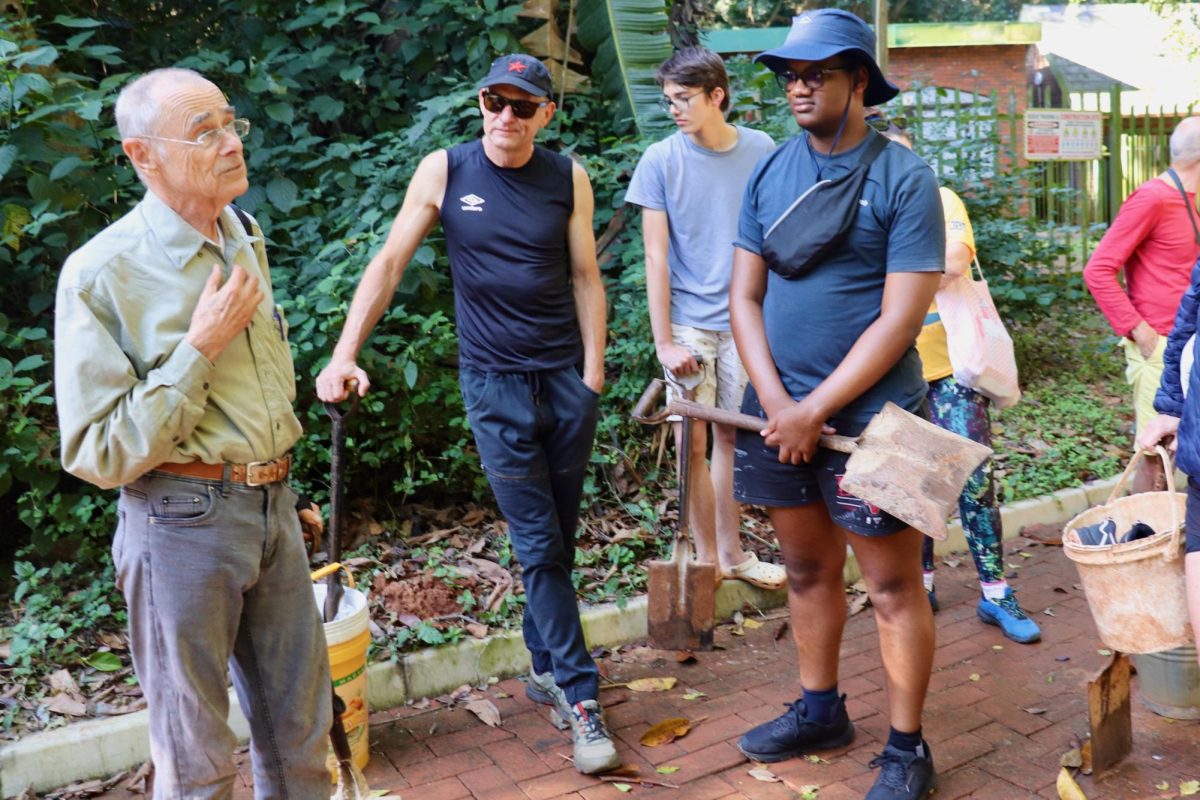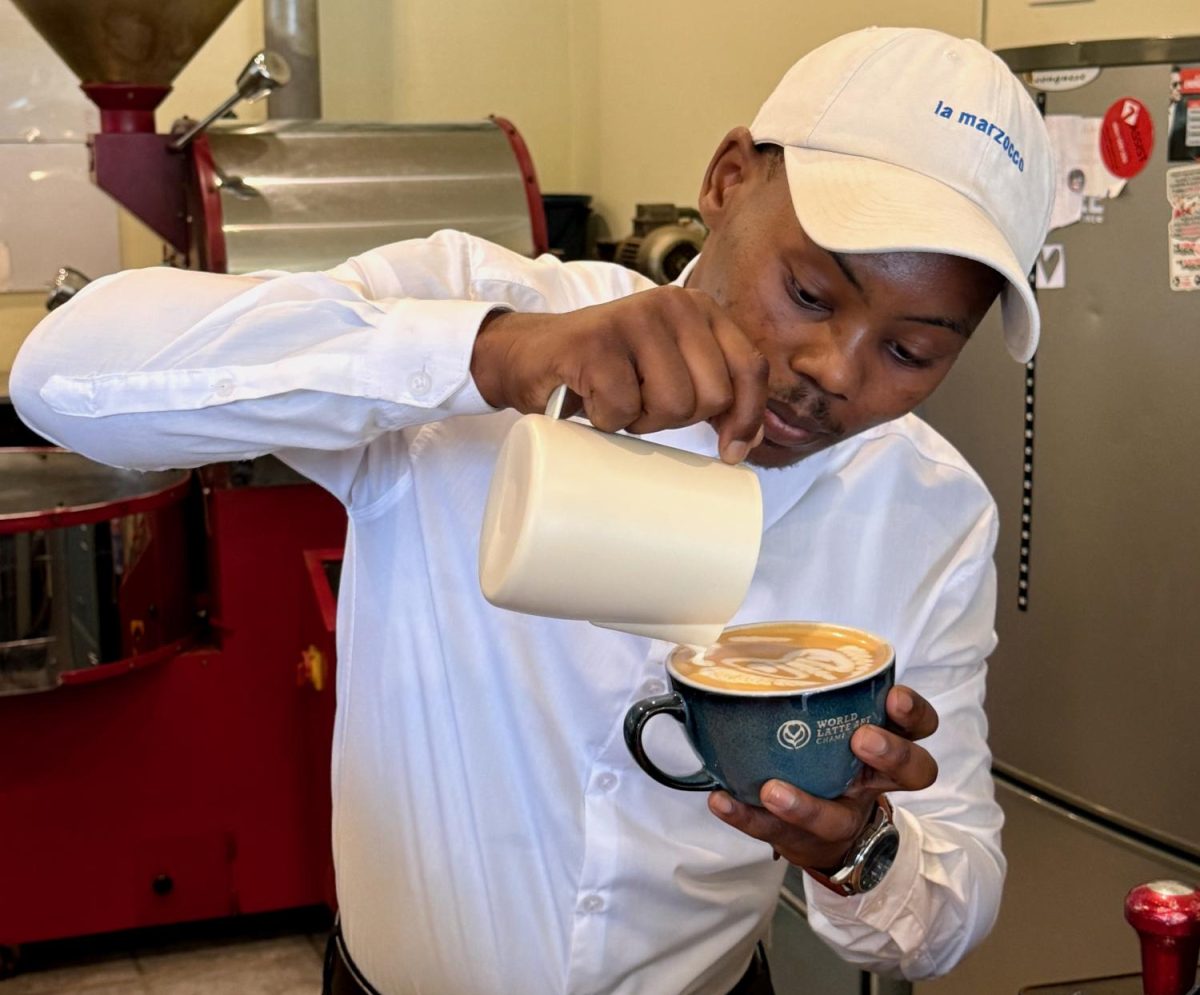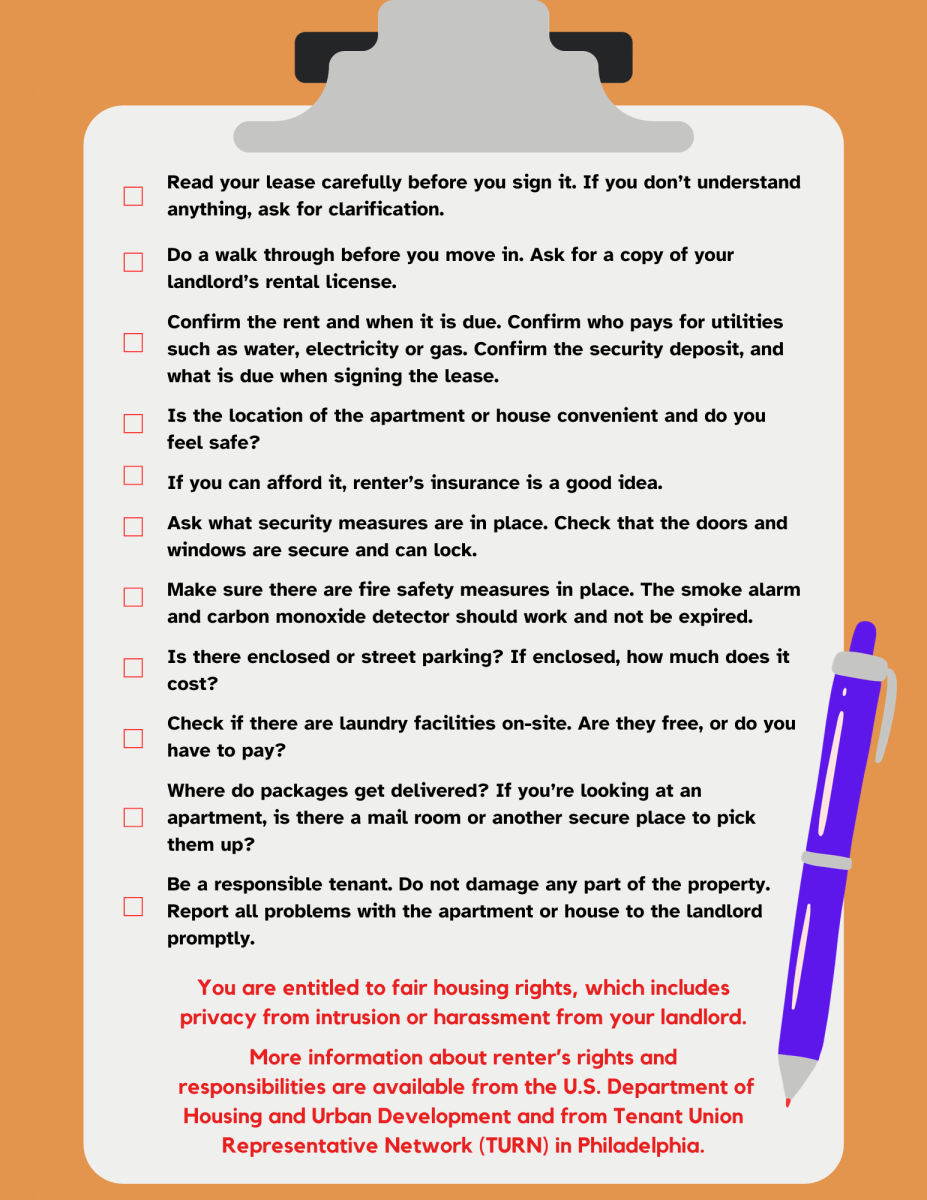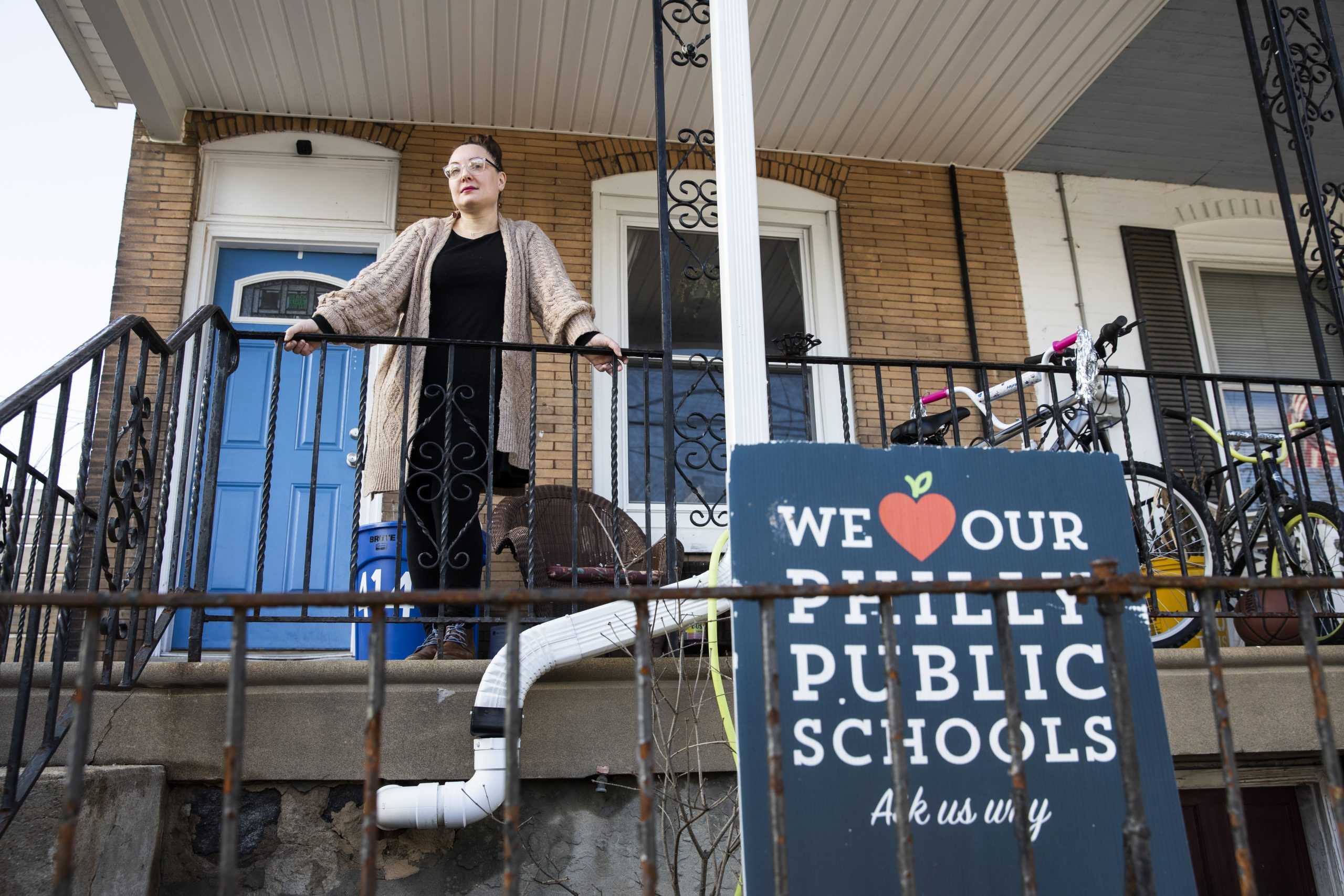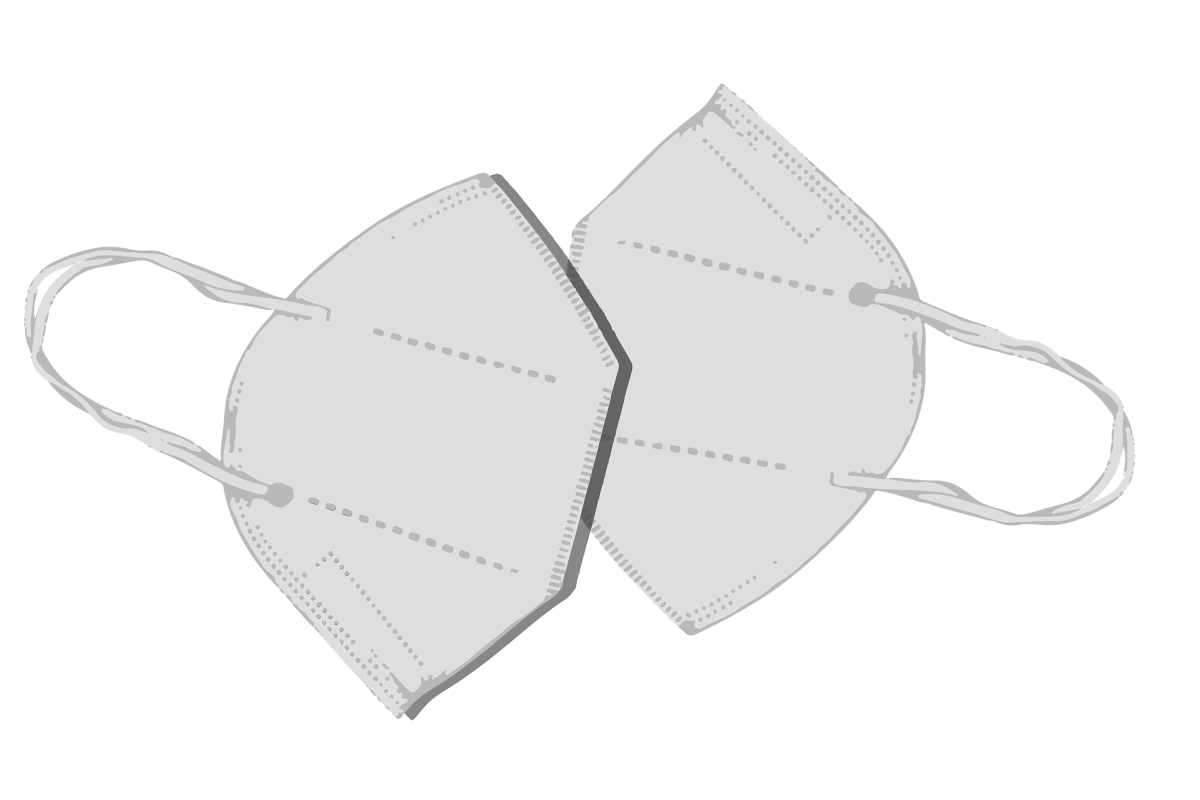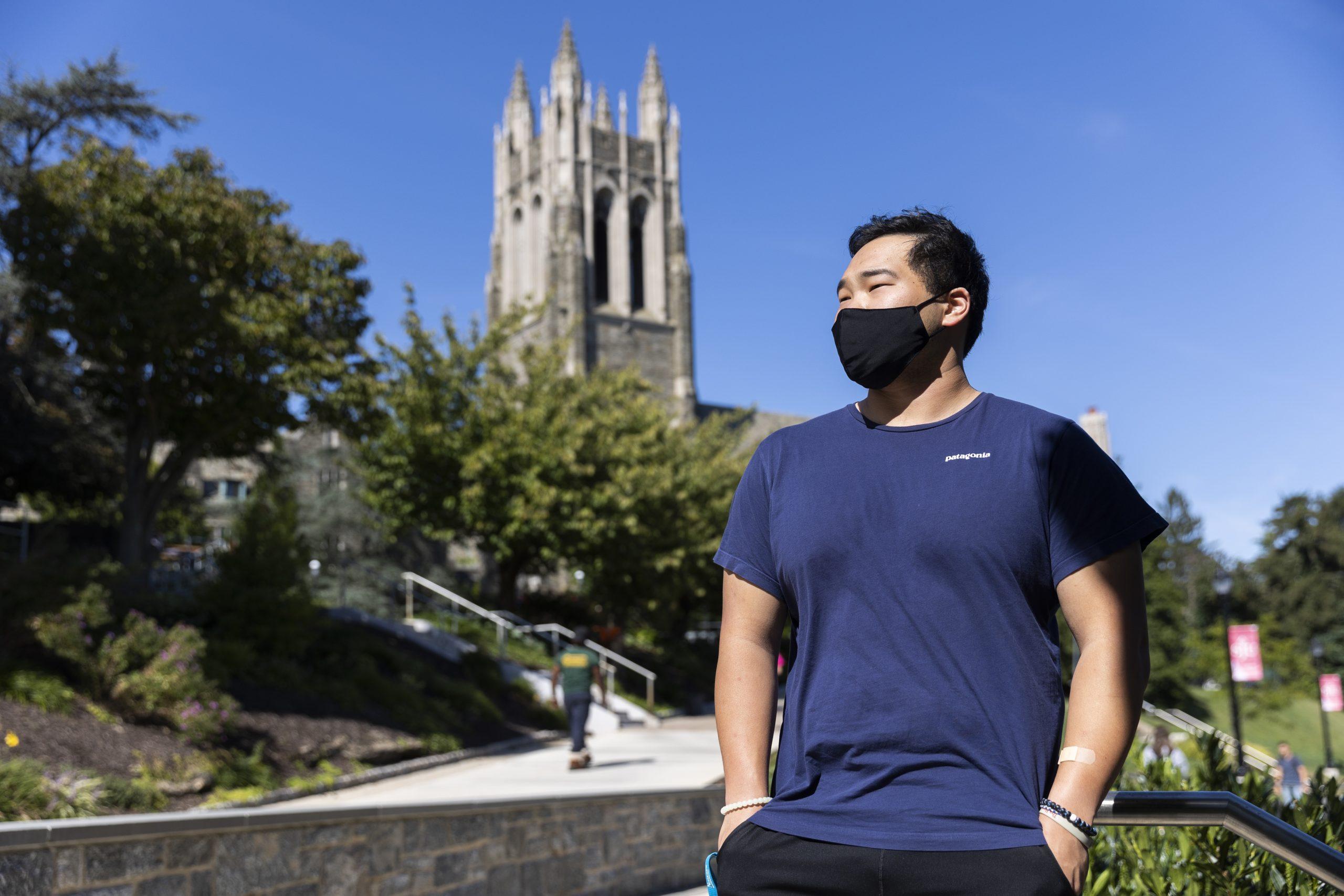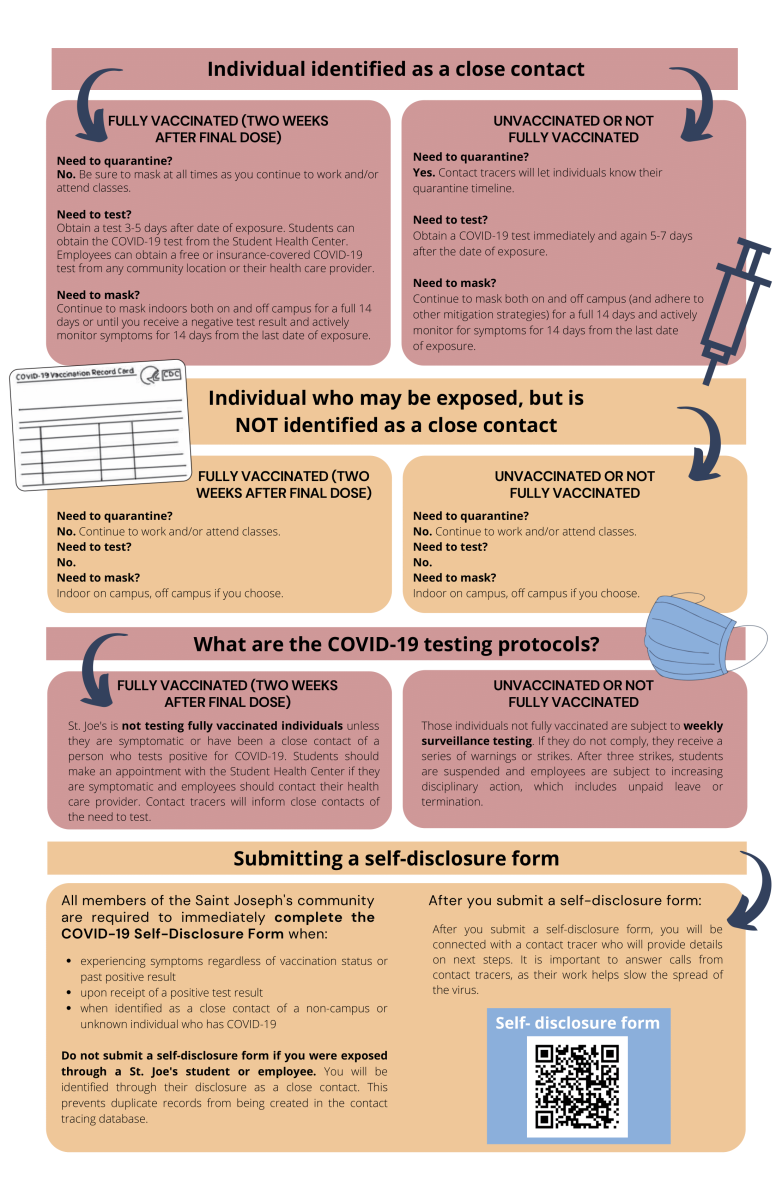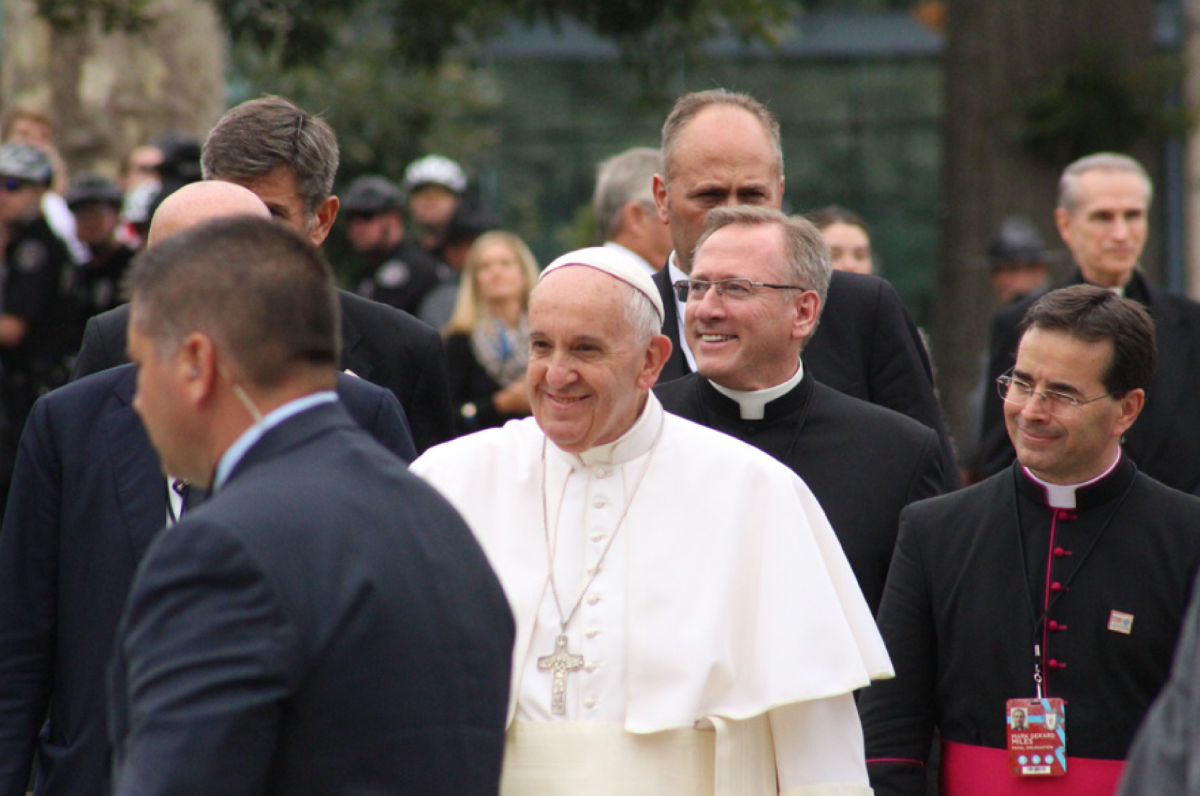The School District of Philadelphia announced on March 1 that pre-K through second grade students will return to the classroom on March 8, after nearly a year of virtual classes.
Philadelphia Mayor Jim Kenney announced the reopening plan at a joint news conference with school district and union officials at Richard R. Wright Elementary School. This announcement marked the fifth time the district attempted to bring back approximately 9,000 pre-K through second grade students who opted for limited in-person classes.
Fifty-three schools have been approved for reopening, and the district plans on opening the remainder of schools in waves over the next five weeks. For the first batch of approved schools, teachers returned to the classroom on March 3 and students will return on March 8.
“I wish that we could stand here and announce that every building today is safe for reopening,” said Arthur Steinberg, president of American Teachers Federation Pennsylvania, at the news conference held on March 1.
After community backlash halted plans to reopen schools in August, district officials required teachers to return to classrooms on Feb. 8. Citing safety concerns, the Philadelphia Teachers Federation, which has over 11,000 members, encouraged teachers to protest the decision and continue to teach remotely.
The district pushed back reopening two times since Feb. 8. Before the most recent decision was made to reopen, the district awaited findings about building safety conditions from an outside mediator and public health expert, Dr. Peter Orris, according to the American Federation of Teachers.
“The fight for safe school buildings started long before this pandemic, and we’ll continue [this fight],” Steinberg said at the March 1 news conference.
The long process of reopening schools in Philadelphia mirrors other districts in big cities across the nation, like Chicago and San Francisco, said Encarna Rodríguez, Ph.D., professor and chair of educational leadership at St. Joe’s.
“When you look at school districts, you can see that the most controversial districts are the large, urban school districts,” Rodríguez said.
According to the School District of Philadelphia’s website, approximately 202,944 students attend Philadelphia schools. Within that population, 52% of students are Black, 21% are Hispanic/Latino, 14% are white, 7% are Asian and 5% are multiracial.
Even before the pandemic, the Pennsylvania Department of Education faced criticism for inadequately funding Philadelphia schools, especially when compared to the funding provided for more wealthy and white schools in neighboring counties.
The Centers for Disease Control and Prevention (CDC) recommends that buildings upgrade or improve their ventilation systems in order to dilute potential contaminants and slow the spread of COVID-19.
Ten percent of Philadelphia public schools do not have operational HVAC systems. The district previously intended to install window fans, but announced on Feb. 28 that fans will not be used. On March 1, the district announced they would install air purifiers in any classrooms lacking proper ventilation.
These physical conditions within the classrooms in Philadelphia are one of the major concerns for educators.
“Ventilation and social distancing are so much more difficult in [urban] regions,” Rodríguez said. “Schools may be overcrowded and have very old buildings, like in Philadelphia.”
Alyssa Butler, who teaches autistic support for first-and second-grade students at Fox Chase School in Northeast Philadelphia, said she would rather be cautious than rush into reopening.
“After eleven months, we can wait a little while longer to make sure that everybody’s vaccinated, all of the teachers and staff, and to let it be an appropriate temperature when leaving the windows open is an option,” Butler said.
In addition to building conditions, vaccines are also a major consideration for reopening. In the last week of February, the School District of Philadelphia and the Children’s Hospital of Philadelphia (CHOP) began the process of vaccinating Philadelphia teachers, administrators and staff. As of Feb. 24, about 1,000 staff members out of over 18,000 in the district have received their first dose of the vaccine, according to CHOP officials.
Butler received her first dose of the COVID-19 vaccine on Feb. 22 and is set to receive her second dose on March 16.
Vaccine appointments for educators are happening in waves, with those teaching in-person currently and returning to the classroom soon receiving priority, according to CHOP officials. The school district said vaccines are not mandatory for returning staff but highly recommended.
Cecilia Conmy ’20 is a teacher’s aide at Mastery Prep Elementary school—part of the Mastery Charter Network— in the Hunting Park neighborhood in Philadelphia. She received her first dose of the vaccine on March 1 and returned to a hybrid style of learning on March 2. Conmy said she feels good about returning to the classroom.
“The school has all the protocols in place,” Conmy said. “It makes me feel better knowing that other schools have been doing this already, so we have guidance.”
Ziyaerrah Martinez, an Alliance for Catholic Education at SJU (ACESJU) teaching fellow, has taught using a hybrid model since the beginning of February at Gesu School, an independent Catholic school in the Yorktown neighborhood in Philadelphia, next to St. Joseph’s Preparatory School.
Because they operate independently from the School District of Philadelphia, a number of independent and parochial schools in the area are able to have students in the classroom. Fourteen of Martinez’s second-graders are online, while eight are in person.
“It’s definitely difficult because you have to balance the virtual kids and the kids in person,” Martinez said. “Being that they’re in second grade, they don’t really understand patience and having to wait. They don’t really understand that their teacher is split between two groups at the moment, so it’s trying to balance the emotions of 7-year-olds getting upset when you can’t fully be present for them.”
Samuel Gompers School, which is adjacent to St. Joe’s campus on Wynnefield Avenue, was not on the March 1 list of Philadelphia schools approved to open.








